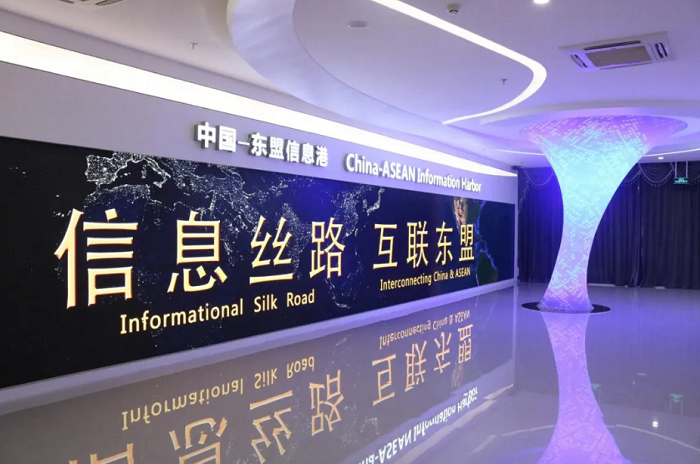Digital Silk Road Initiative expands trade in Guangxi FTZ
Entering the Youyiguan Border Gate, the air is filled with the fragrance of fruits. Vehicles loaded with imported fruits form a stream of traffic, smoothly passing through customs here.
In the past, customs clearance procedures involved inspection, declaration, weighing, and vehicle changeovers, taking anywhere from five to six hours if conducted quickly, and as long as two or three days otherwise.
Thanks to the construction of the Digital Silk Road and the optimized intelligent customs clearance system, the requirements of stamping and declaration have been greatly expedited. Drivers now pass through checkpoints using facial recognition and fingerprint scanning in mere seconds.
Without the need for inspection, it takes about 10 minutes from entering the customs supervision area to leaving the port. Every step of the customs clearance process can be tracked in real time on mobile phones.
By the end of this year, it is expected that the Chinese section of the freight passage at the Youyiguan Border Gate will be the first to have achieved trial operations of unmanned transport, thereby realizing "24-hour all-weather, contactless, unmanned, and intelligent" customs clearance.
In recent years, the China-ASEAN Information Harbor in Nanning has established the China-ASEAN "Trade Link" digital platform, a cross-border credit information service platform, and replicated the domestic shared electric bike model overseas.
The information harbor has formed multiple communication routes centered around Nanning. Over the past five years, Guangxi's total foreign trade volume with ASEAN has grown by an average of 10.5 percent a year. In the first quarter of 2024, Guangxi's imports and exports with ASEAN reached 90.12 billion yuan ($12.44), a year-on-year increase of 33.3 percent.

The China-ASEAN Information Harbor in Nanning. [Photo/WeChat account: gh_df8bc987e060]














